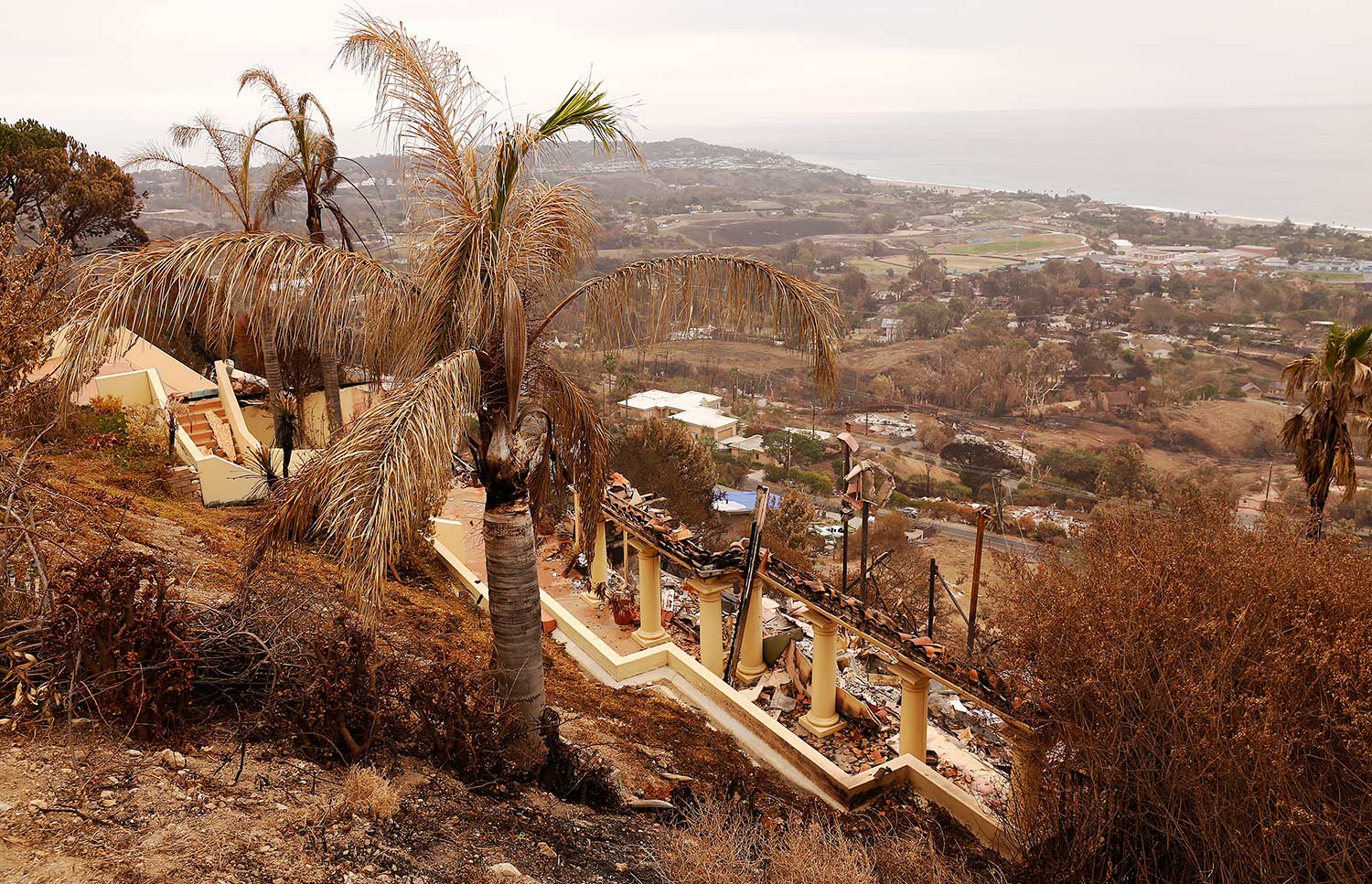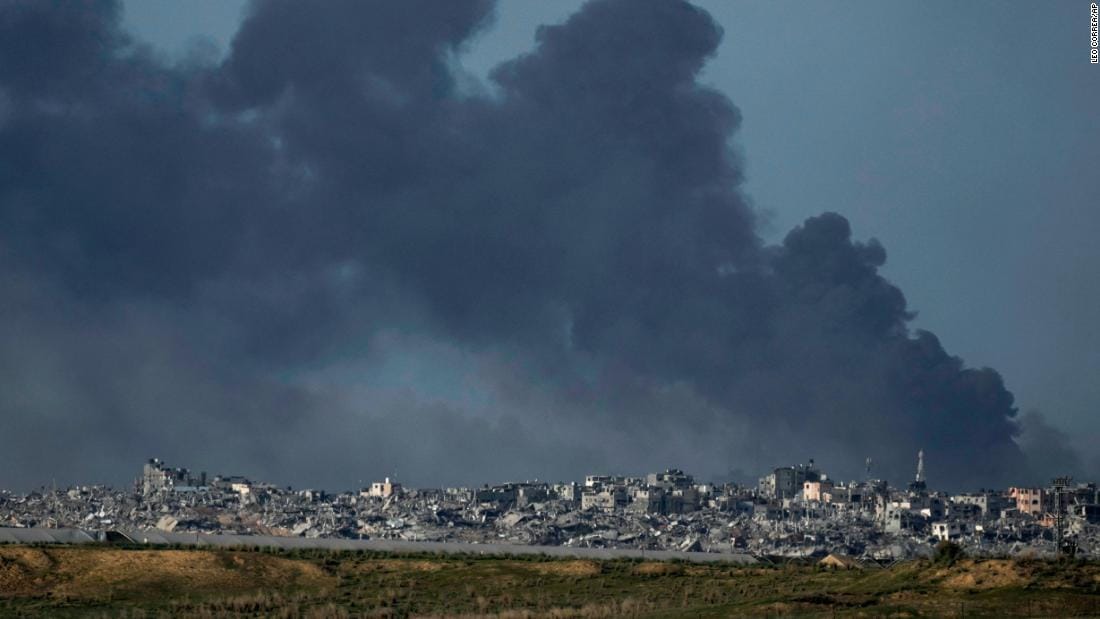The Franklin Fire, a brush fire that ignited Sunday, rapidly spread through the hills of Malibu, California, forcing residents to evacuate and causing significant concern for the area. Fueled by dry brush and strong winds, the fire quickly grew, prompting the Los Angeles County Fire Department to issue mandatory evacuation orders for several neighborhoods. The speed and intensity of the fire highlighted the ongoing risk of wildfires in Southern California, particularly during periods of low rainfall and high temperatures.
Among those forced to evacuate were well-known entertainers Dick Van Dyke and Cher, both long-time residents of Malibu. Their evacuations underscored the indiscriminate nature of wildfires, as homes of varying sizes and prominence were impacted. The movement of individuals such as these draws public attention to the disaster, helping to create a sense of urgency and a broader awareness of the fire. While their safety and the safety of their properties were of primary concern, their displacement also emphasized the wider community disruption caused by the Franklin Fire.
The Los Angeles County Fire Department mobilized a large contingent of firefighters and resources to combat the blaze. Helicopters were deployed to drop water on the flames, while ground crews worked to create fire lines and protect structures. The terrain in Malibu is characterized by steep hills and canyons, which posed significant challenges for firefighters. Limited accessibility, combined with the rapid spread of the fire, required a concerted and coordinated effort by multiple agencies.
The cause of the fire is currently under investigation. Investigators were on site, assessing the origin and attempting to piece together the circumstances that led to the initial ignition. Wildfires can have a variety of causes, including human activity, such as improper disposal of cigarettes or equipment malfunctions, as well as natural phenomena, like lightning strikes. Until the investigation is concluded, the specific ignition point and circumstances of the Franklin Fire will remain unknown.
Evacuation centers were established at local schools and community centers to provide temporary shelter for displaced residents. These centers offered basic necessities, such as food, water, and sleeping arrangements. Emergency personnel were on hand to provide assistance and answer questions from those who had been forced to leave their homes. The Los Angeles County Office of Emergency Management also provided updates to the public via their website and social media channels.
The timing of the Franklin Fire was concerning for many residents as the dry season was just beginning. The prolonged drought conditions that have persisted across much of California for the past few years have left a significant amount of vegetation highly susceptible to fire ignition. The fire season in California typically extends from late spring to late fall, with periods of higher risk coinciding with low rainfall, high temperatures, and strong winds.
In addition to the immediate impact on residents, the Franklin Fire also disrupted local transportation. Some roads were temporarily closed to traffic to facilitate the movement of emergency vehicles and to ensure the safety of residents and first responders. These closures caused inconvenience and impacted the daily routines of many people who live and work in the area.
The economic impact of the fire is still under evaluation. While it was too early to determine the full extent of the damage, the loss of property and the disruption of businesses will have a financial impact on the community. Insurance companies and government agencies will likely play a crucial role in helping residents and businesses recover. The aftermath of the fire will involve numerous steps, from assessing the damage to securing aid, and it will be a long-term process that involves the cooperation of multiple organizations.
The Franklin Fire serves as a potent reminder of the significant risks that wildfires pose to communities across the state of California and beyond. The lessons learned from this fire will likely be used to strengthen preparedness efforts and to develop better strategies for mitigating the impact of future wildfires. The importance of community involvement and the need for residents to actively manage their properties to reduce the risk of ignition are important factors in mitigating the risks and protecting communities from the damage caused by wildfires.
The experience of individuals like Dick Van Dyke and Cher, while highlighted due to their public profile, was echoed by many other Malibu residents who faced the same difficult circumstances. Their evacuations shed light on the fact that wildfire risk impacts people from all backgrounds and income levels. This reality underscores the need for comprehensive and ongoing efforts to address wildfire risks and to protect communities.
The use of technology has become an integral part of fire management efforts, with the use of drones to monitor fire perimeters, advanced weather models to predict fire behavior, and communication systems to keep residents informed of evolving circumstances. These tools, along with the continued work of firefighters and other emergency responders, play a critical role in mitigating the impact of wildfires and protecting life and property.
The recovery process for the residents affected by the Franklin Fire will be a challenging undertaking. They will face the emotional toll of the event, the financial strain of rebuilding homes, and the uncertainty of future risks. It is likely that community support, coupled with resources from government agencies and nonprofit organizations, will be crucial in helping these individuals navigate the long road to recovery.
The Franklin Fire is just one example of the ongoing challenges that communities across the West Coast face as they increasingly contend with the effects of climate change and the escalating risk of wildfires. The increase in dry conditions, coupled with the presence of overgrown vegetation, have made many areas more susceptible to ignition and rapid fire spread. As these trends continue, it is important to continue to develop more effective strategies for mitigating the impact of future wildfires and protecting vulnerable communities.
The incident highlights the importance of ongoing investments in preventative measures, including fuels management, vegetation clearing, and the development of community fire plans. While the response efforts are a necessary part of combating fires, a greater emphasis on preventative measures will be crucial in mitigating the risk and reducing the severity of future wildfires.
The Franklin Fire, while concerning for all involved, has brought to the fore the need for continued public awareness and education. Communities need to understand their local risks and be prepared to take action to protect themselves and their properties. By learning from incidents such as this, and through collaboration and cooperation, communities can become more resilient and better prepared to face the challenges of wildfires.



